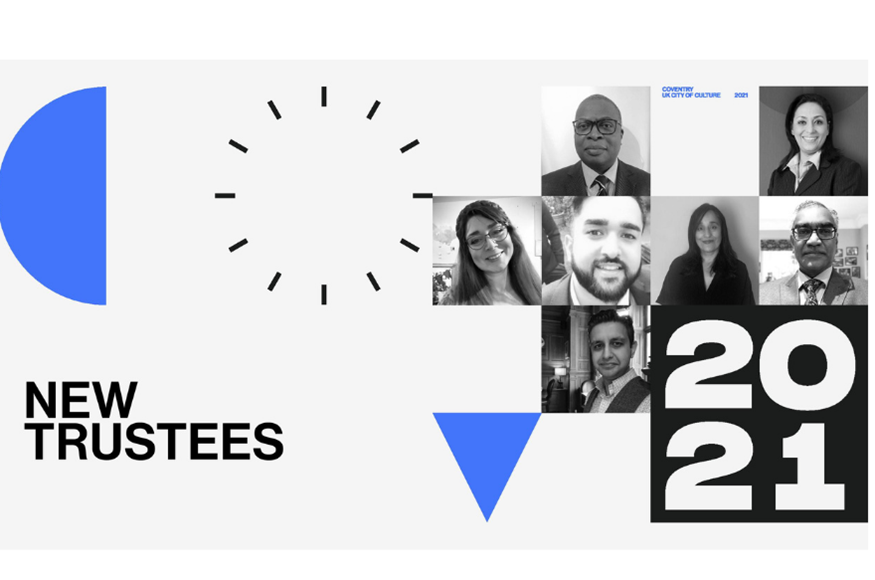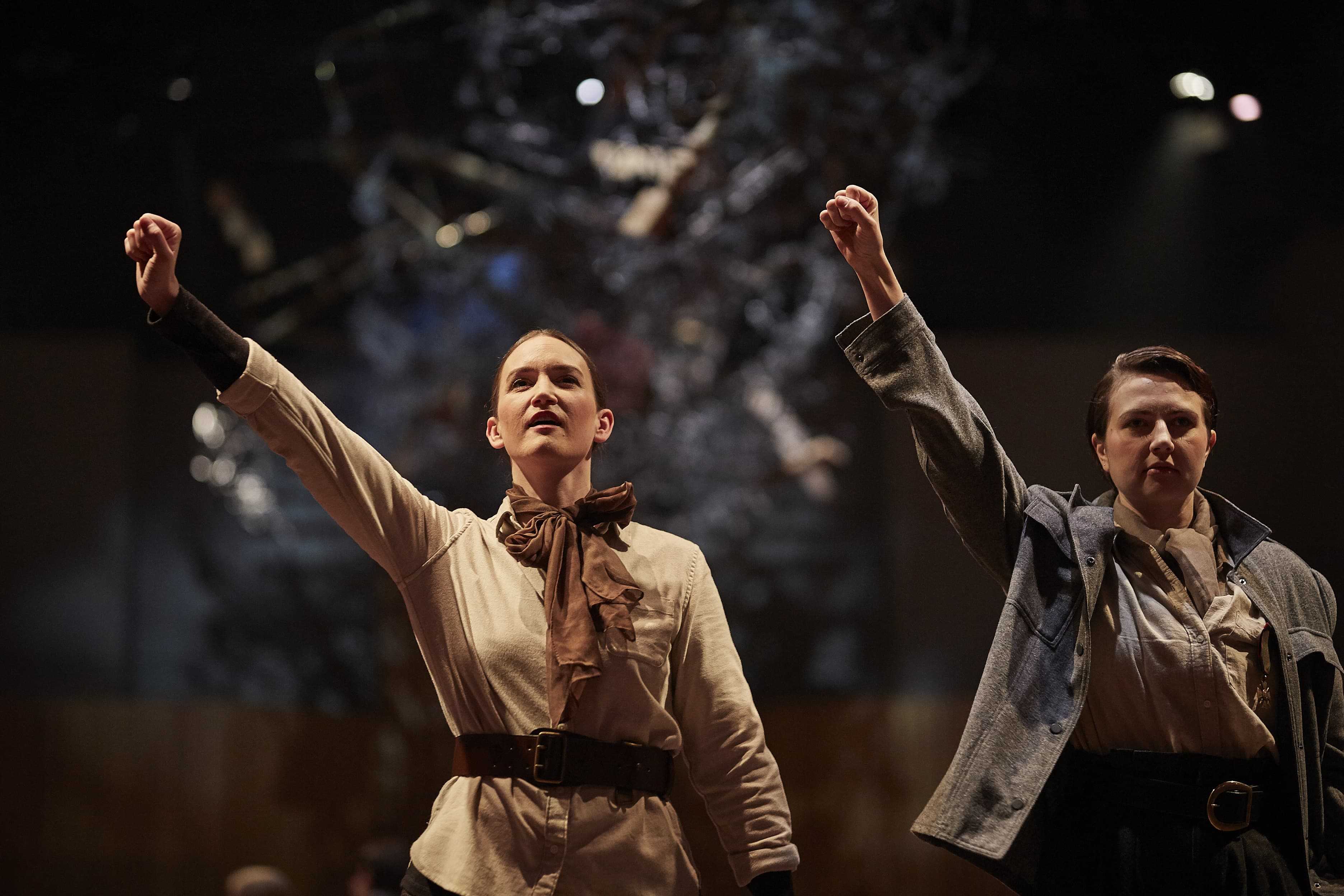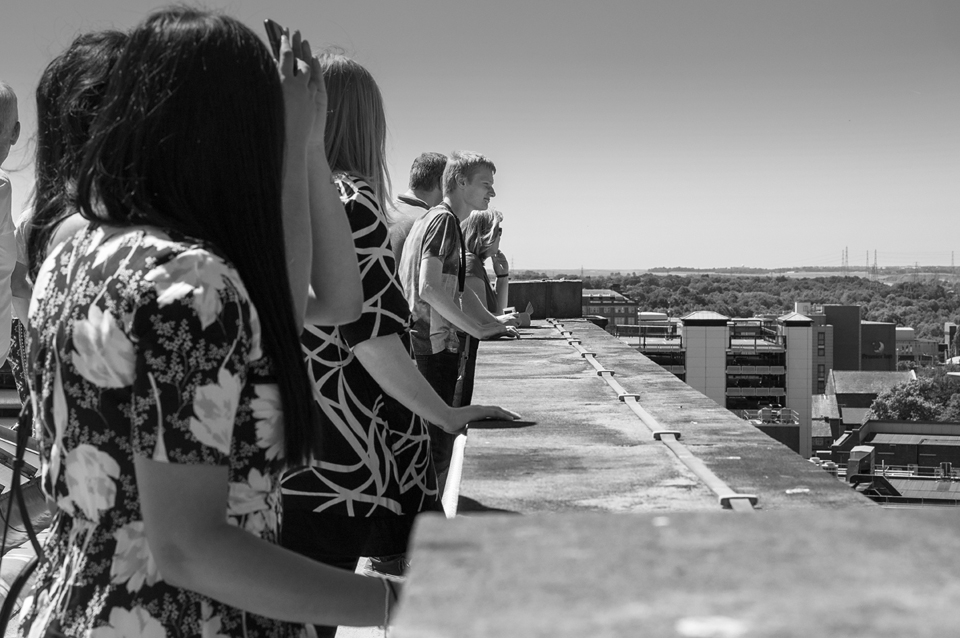Introduction and Background
Unlike any other sector, when a crisis hits the cultural sector, its impact is multiplied. There is the direct impact, represented in the value generated and jobs supported directly by the arts and cultural organizations. There is also the indirect impact, represented in the value generated and jobs supported in domestic industries that supply goods and services to arts and cultural organizations. And there is the induced impact,represented in the value generated and jobs supported in the wider economy when employees associated to direct and indirect impact spend their earnings in the wider economy.
But that’s not only it! There is also the wider spillover impacts on the economy and the society. Those spillovers include developing the skills of children and young people, encouraging innovation, contributing to the regeneration of areas and destinations, promoting tourism, as well as impact on health, well-being, and education. And not to forget the intrinsic value that we all cherish, which is how arts and culture illuminate our inner lives and enrich our emotional world. The intangible non-measurable and the often-debatable impact that affects our daily flow, but we can’t express it in clear words.
Now, how do we cope when a crisis hits the cultural sector and results in cancelation or postponement of events that served as an outlet for the society? Do we usually have Plan B, C, D and more? Are we mostly proactive or tend to be only respondent to a situation? Are we able to see the bigger picture, analyse the surrounding factors and anticipate what’s next to create our alternative plans? Thanks to turbulent times during my long career at the Library of Alexandria and AGORA (Egypt), I had to develop tactics to handle certain kinds of crisis to ensure the sustainability of the organization during revolutions, curfews, terrorist attacks and other forms of danger that affected the strategic decision making and the stability of the society.
At a time when Egypt was seen as a dangerous destination and some countries issued travel warnings, we were on the front line in making sure the cultural sector experiences minimum disruption, and the outlet for self-expression remains accessible to all layers of the society, to avoid the spread of violence in the society.
The picture above is from the first street festival, titled “Start with Yourself”, that I organized during very turbulent times, on 24 February 2011. The main objective of this festival was to offer an alternative space for self-expression to reduce violence and destruction of government buildings. It was a spontaneous decision that I took on 18 February 2011 when the former Egyptian President Mubarak decided to step down, after having spent 18 days of observation to the general behaviour of the society. At that time, I only had an assumption about societal behaviours and the correlation between violence and arts and cultural activities. I explained my assumption in a letter to the Military Council requesting support for securing the Festival. After several discussions, the Military Council decided to endorse the initiative by sending tanks to surround the festival’s venue to secure the attendees from any possible attacks or violence. The festival was attended by approximately 8 thousand people, and evidence was made very clear that during times of crises, cultural activities have to find a path to thrive because only through them balance in the society can be achieved. Having had this thought as one of the strategic visions in my mind at that time, I launched AGORA the organization on this day, towards a sustainable initiative of engaging disadvantaged communities and making cultural activities more accessible.
See video here. That was the day when Agora was born.
Following the festival’s first edition in 2011, and with the rapidly changing political and security scenes, we were confronted with an acceleration of risk taking decisions to organize 8 editions over a period of 6 years in difficult locations during dangerous times; not only in Egypt but also in Tunisia under a new title “Bab Elbahr”.



